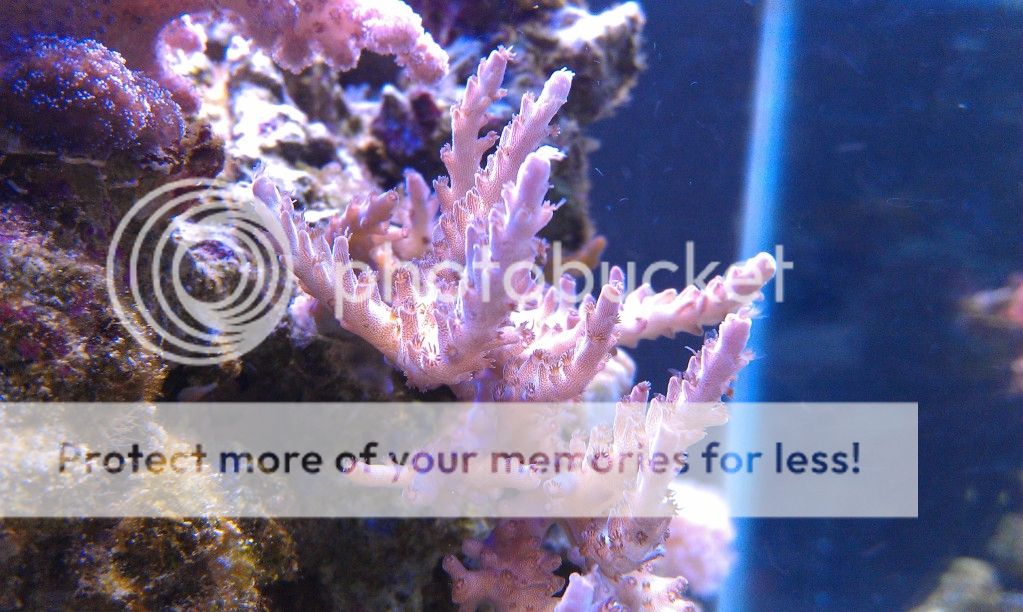animalkingdom
New member
how hard would it be for you to put the LR on PVC stands ever so slightly higher than the substrate depth? it may be nearly impossible, i know, but it is the best way to guarantee that the LR is able to purge itself of bacterial mulm. when LR is on the substrate the bottom of the LR is not able to purge itself of the bacterial biomass and in fact allows a conduit for the wicking of phosphates up through the calcium carbonate.
getting flow back behind LR structures is difficult with a fine substrate. there have been a few ideas of late that are solutions to this problem, but are a bit different than the normal for setups here.
G~
It would be hard with the established encrusting colonies I have growing. I am moving in a couple months and plan to be breaking things apart then. Maybe I can wait until then. I wonder if my last sand bed was more efficient. I definitely have a lot of bacteria mulm on my rocks, but even direct flow doesn't seem to prevent this.
My diamond goby on the other hand I have always attributed to at least keeping a good part of the rocks free from sand. Maybe the coarser stuff he has trouble pulling away from the base of rocks. That is really the only change in my tank between now and when it was thriving.


